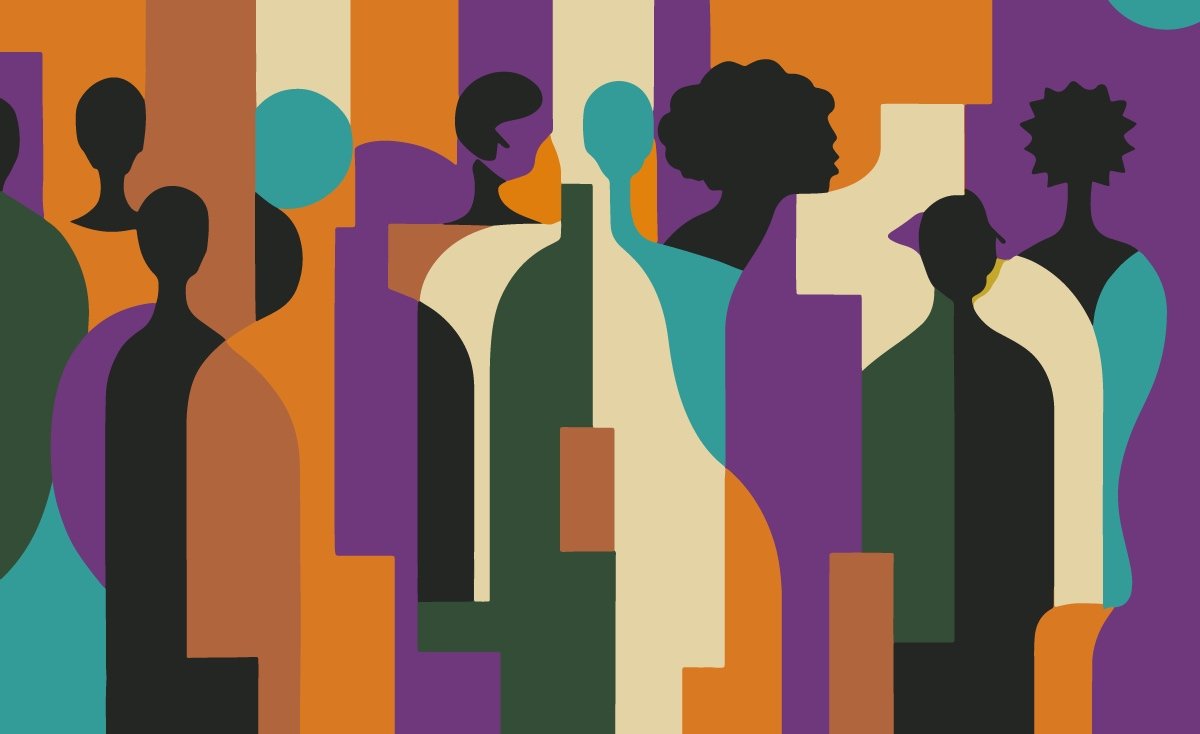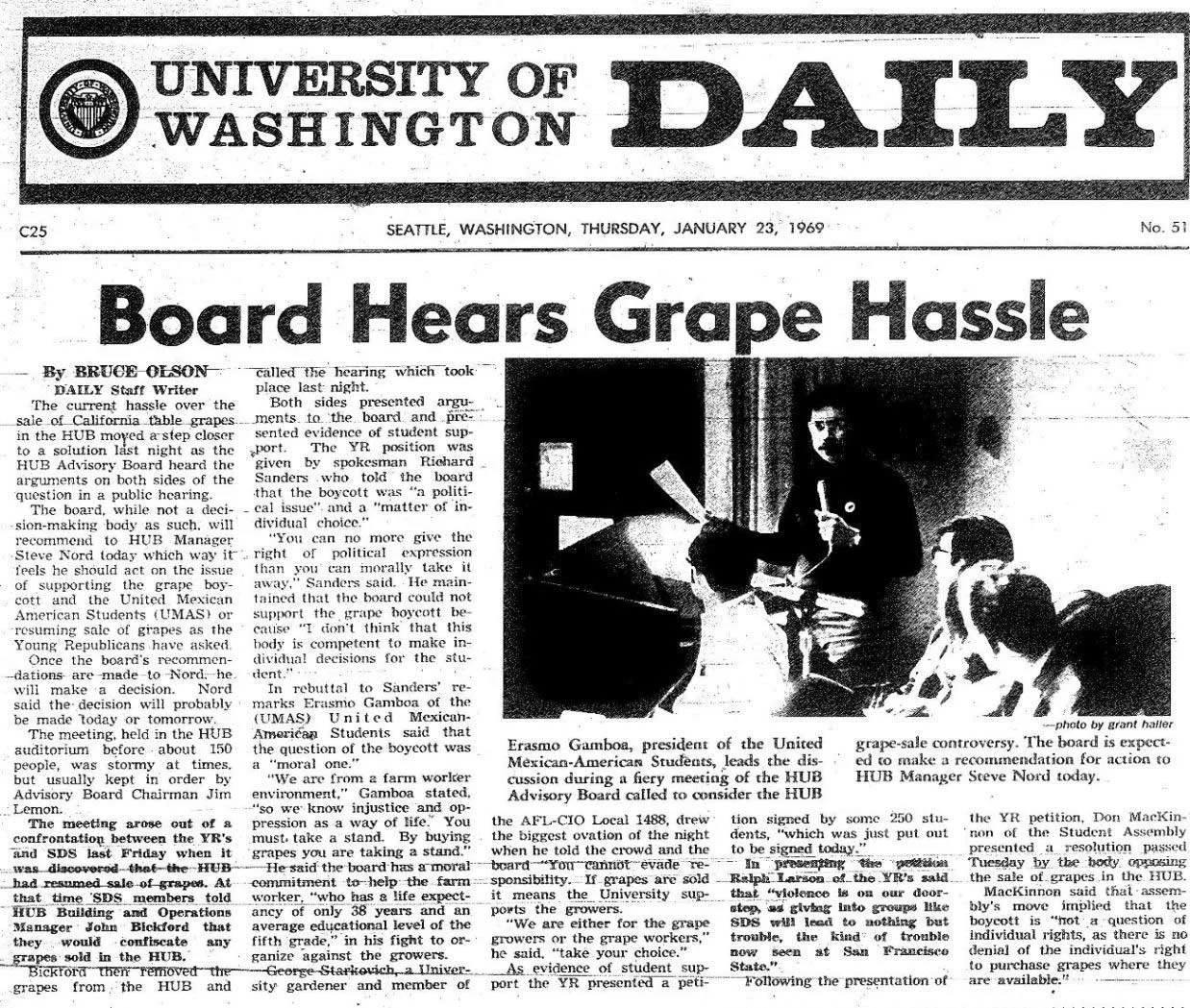Solidarity is power, and fellowship supports all our freedom
Solidarity is built through action.
Fundamental to solidarity as a social, cultural, and political practice is the understanding that our liberation is bound to one another.
Embodied solidarity looks like communities impacted by structural harm building bridges, sharing knowledge, and collectively organizing in pursuit of an inclusive and livable future where all of us are free. It looks like us valuing each other's wisdom, needs, and experiences and bringing it all to the table to shape and manifest that future together.
This Latinx Heritage Month, we name and celebrate the ways Black and Latinx-led groups have personified solidarity in Washington state, merging fights and genius to bring forth spaces and solutions that help us thrive. The empowerment, exchange, and triumphs that came from acts of Black and Latinx solidarity in the 1960s and 70s in the Yakima Valley region, for instance, still serves as a precedent for all of us looking to be better advocates, accomplices, and allies in each others' liberation work. Looking to their examples, we are reminded of what's needed to disrupt and dismantle the oppressive systems and amplify calls to action shared by Latinx-led groups in Washington state. Their calls invite the listening, reflecting, dialogue, and engagement that express solidarity.
The truth of the Yakima Valley’s land and labor
The Yakima Valley is known for its longtime production of hop, a key ingredient in beer, and its blooming fruit orchids. Historical accounts tend to magnify settlers who commercially farmed on stolen land. A truthful narrative would start the Yakima Valley's story with the Sahaptin-speaking Yakama (or Yakima) people who inhabit what is known today as South Central Washington, and celebrate their knowledge, collective tending of the land, and unique contributions as a powerful and connected sovereign nation.
A truthful narrative would also highlight the labor that makes the industry profitable. After the Yakama people were forced to cede 12 million acres of their land to white missionaries and homesteaders, by the early 1900s, Yakima Valley emerged as an agricultural hub, largely dependent on non-resident farm laborers. When the Great Depression and World War II pulled these workers to wartime jobs in the 1930s and 40s, the region's agricultural industry took part in a U.S. post-war labor program that gave contracts to Mexican and Mexican-Americans, effectively transferring an entire generation of Tejanos from south Texas to the Valley.
Three men cutting asparagus in spring 1968 near Granger, Washington. Photo from La Causa: Social Justice Activism in the Yakima Valley, an exhibit hosted at Washington State University’s Manuscripts, Archives, and Special Collections.
A large group of men, women, and children at the Farm Workers Union meeting in Sunnyside, Washington in 1972. Photo from La Causa: Social Justice Activism in the Yakima Valley.
The recruitment of Chicano laborers followed almost a decade of forceful removal of Mexican and Mexican-American workers. From 1929 to 1937, half a million Mexicans and Mexican Americans were repatriated to Mexico by the Immigration and Naturalization Service (INS) — after tirelessly helping to feed this country in its time of need.
This violent political move manifested in unsafe working conditions, meager wages, and unethical treatment by employers. Farm workers and community members are still fighting for equity, rallying from Sunnyside to Seattle to gain union support and recognition.
Solidarity’s generative power and ripple effect
In 1965, the Yakima Valley Council for Community Action (YVCCA) emerged as a trusted hub, providing migrant farm workers and their families with aid and support. Later in the decade, Chicano farm workers and early community organizers from the region, merged paths with the University of Washington (UW)'s Black Student Union (BSU).
UW’s BSU traveled to the Yakima Valley in 1968, and successfully recruited the first major group of Chicanos to the university. This exposure resulted in new organizing methods and the founding of local chapters of Latinx-led organizations, like the United Mexican American Students (UMAS), which became the first in the Pacific Northwest and first of its kind on campus.
These organizations and local chapters later formed committees with other people of color-led organizations. Together, they hosted programs and led activities on and off campus to support their communities’ health and well-being. Their work also laid the foundation for the Chicano Education Opportunity Program (EOP) and Chicano Studies Center at the UW. Organizing expanded in the Yakima Valley region as the farm worker movement grew well into the 1970s. Young people involved in the Chicano student movement brought the skills they'd developed as activists to the movement against farm laborer exploitation.
A man holding a sign reading "Basta con $1.65 Por Hora! Queremos Mejores Suelods,” meaning “It is enough with $1.65 per hour! We want better pay!” in 1970. Photo from La Causa: Social Justice Activism in the Yakima Valley.
A snapshot of the UW Daily front cover on Jan. 23, 1969. From The Seattle Civil Rights and Labor History Project at the University of Washington.
When UW's BSU members visited the Yakima Valley, they did so with solidarity and diversity in mind. Their outreach to Chicano communities helped support a student movement that later enlivened the farm worker struggle. In January of 1969, a protest chaired by the local UMAS chapter called for the boycott of non-union grapes in line with farm workers’ efforts to secure better conditions and wages. Supported by BSU members and other BIPOC student groups, in a month’s time, the picketing was successful and made UW the first campus in the country to eliminate grapes from its eating facilities.
Their solidarity continued with the Hop Strikes of 1971 — led by UW students Roberto and Carlos Trevino — and historic wins like the higher wages that followed it.
In these historical examples, we see pathways to the transformative bridge-building that gets us all closer to equity. They illuminate the far-reaching impact of solidarity — a reason we should all embody it.
Get to know Washington Latinx-led groups
We invite readers to lean into the advocacy and aid work being done by Latinx-led groups, linked below, and to learn more about their mission, vision, and efforts in Washington state.
El Centro De La Raza builds community by unifying all racial and economic sectors; to organize, empower, and defend the basic human rights of our most vulnerable and marginalized populations; and to bring critical consciousness, justice, dignity, and equity to all the peoples of the world. Follow them on Facebook, Twitter, Instagram, and YouTube.
Latino Community Fund of Washington works toward a vision of a vibrant and civically engaged Latino community in Washington by identifying, sharing, and advocating for what is working in the Latino community and creating vibrance through civic engagement, healthy families, arts, and culture. Give them a follow on Twitter.
Progreso: Latino Progress' mission is to ensure that Latino communities are fairly represented in Washington's social, economic, and political systems to improve the quality of life for all Washingtonians. Follow them on Facebook and Twitter.
Tacoma Community House creates opportunities for immigrants and other community members in the Puget Sound region through comprehensive services focused on self-sufficiency, inclusion, and advocacy. Follow them on Facebook, Twitter, Instagram, and YouTube.





